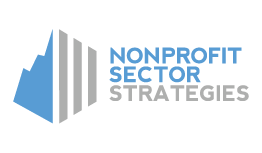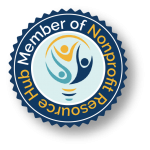The Term Missing in the Nonprofit Sector: Continuous Improvement
 I was probably about a third of the way through my MBA program when I first heard it. Like many of you who have attended school while working full-time, it’s not easy to recall the time frame. But I clearly remember thinking, “Why haven’t I heard about this concept in my 10+ years of work in the nonprofit sector?”
I was probably about a third of the way through my MBA program when I first heard it. Like many of you who have attended school while working full-time, it’s not easy to recall the time frame. But I clearly remember thinking, “Why haven’t I heard about this concept in my 10+ years of work in the nonprofit sector?”
Continuous Improvement, like many other concepts that live (mainly) in the for-profit world, needs to make its way into the strategic planning process of nonprofit organizations.
Over the past several months, I have interviewed countless nonprofit management professionals and board members – and a trend emerged: Nonprofit organizations are struggling to do two things:
- Improve their operations and processes; and
- Identify and measure their metrics and progress.
For an organization to be productive and efficient, its processes must be effective. Many nonprofits are inherently lean, but I would posit that important fundamentals such as identifying measurable steps, tracking relevant metrics and reducing manual processes (where possible) are often overlooked.
Is this because nonprofits do not realize the value of making these adjustments? Sometimes. But more often than not, the lack of action is tied to a greater challenges.
Here are three ways nonprofit leaders can intentionally approach continuous improvement:
- Attack (or start by at least acknowledging) mission creep. Many capacity issues that prevent organizations from implementing continuous improvement elements stem from mission creep, one of the greatest threats to nonprofit organizations. “The price of saying no can be perilously high. But smart nonprofit leaders understand the cost of saying yes,” especially when resources become so stretched that an organization loses the ability to focus on its core mission.
- Talk to your team. Do you know their pain points around organizational operations? لعبة كريكت Have you actively tried to reduce manual processes so that they have more efficient work options?
- Set collective, incremental goals. Lean in to identifying thoughtful metrics and long, medium and near term goals.
You got this!
But in case you need a little help from friends, learn more about our continuous improvement service offering or reach out to have a conversation about your organization’s unique needs.







